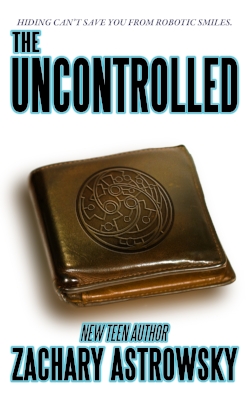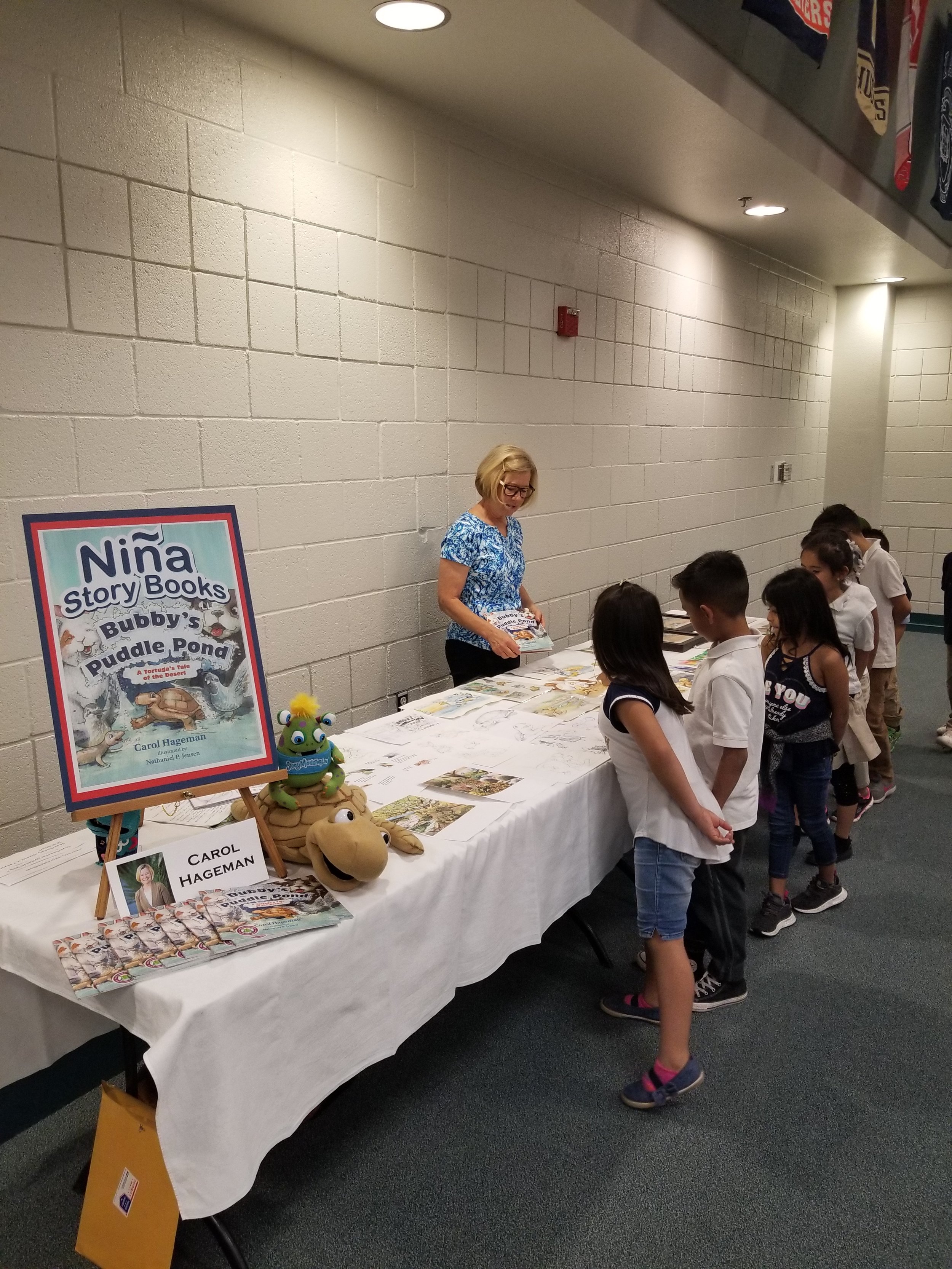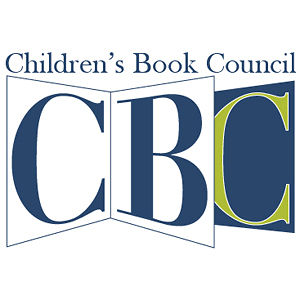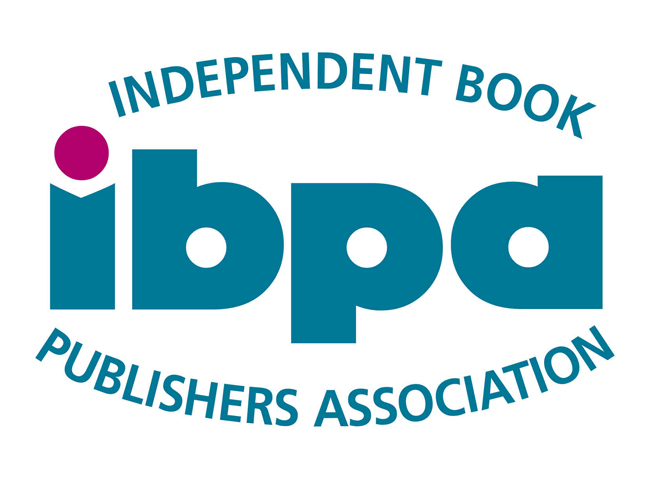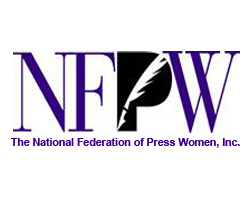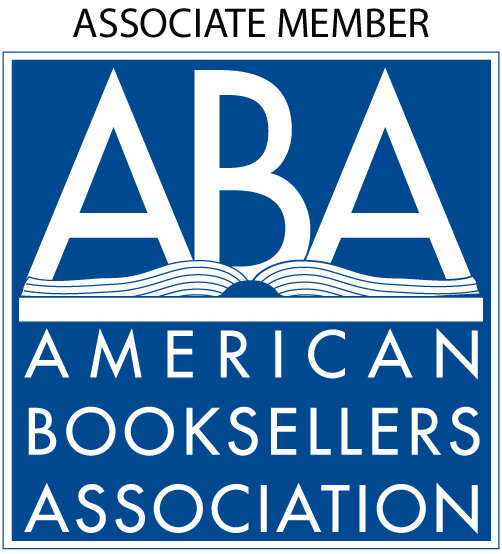Author Spotlight: Zachary Astrowsky
/
At the age of 14, Zachary Astrowsky is a high school honors student, an actor, a literacy leader, a public speaker, and the award-winning author of the science fiction adventure, The Uncontrolled.
Where did you grow up?
I’m still growing up in Scottsdale, AZ.
Have you always loved to read?
Yes. My first book series was the Harry Potter series, which I flew through in first grade. Since then, I’ve read many Sci-Fi, dystopian books.
What are some of your favorite books/authors?
The Book Thief by Markus Zusak is my favorite book. I got the chance to meet him on Oct. 22nd and it was one of the happiest moments of my life. I also like the I am Number 4 book series by Pittacus Lore, and the Maze Runner series by James Dashner.
What do you do when you’re not writing?
I am a full-time high school student, and I am currently working as a teacher’s assistant in a 7th grade Sunday School class. I have also worked as an actor in two professional musical theatre shows, Carousel and A Christmas Story. Finally, from time to time, I am hired through my talent agent for acting jobs. Being paid to do what I love is amazing.
What are your career goals?
Someday I hope to be an astrophysicist and a writer.
How did you get started writing?
I had a lot of cool ideas when I was younger so I started jotting them down. Later, I began joining those ideas which ended in the creation and completion of my novel.
What do you like best about writing?
Writing can be so emotional and meaningful; I like that it can change someone’s perspective on life which I find to be an amazing thing. Writing also encompasses so many genres, which is why I am always encouraging the students I speak to at school events to read more and to write more.
What do you find the most challenging about writing?
The time it takes to edit is the most challenging part of writing. However, I have learned the importance of being flexible. For example, I had to change many paragraphs, and even plot lines, when writing my book but of course, it’s worth it in the end when the story is well written and it holds the reader’s attention.
What do you think makes a good story?
One that can keep a reader interested and turning each page of the book.
Where do you get your inspiration?
In the beginning, my friends and family provided me a lot of inspiration. Lately, it has been my readers and the kids I speak to at my speaking events that have been inspiring me to write more.
What is your favorite reading/writing snack?
Cheez-Its, Goldfish crackers, and pudding.
What writing advice do you have for young, aspiring authors?
Keep working your hardest at writing as it can influence someone’s life and the end goal of having a completed novel is worth the effort.
If you could spend a day in any imaginary world from a book you’ve read, where would it be and why?
All of my favorite books are dystopian-themed, so I would spend a day on any crazy adventure if given the opportunity.
Tell us about your latest book/project.
I am currently working on a sequel to The Uncontrolled. With my busy school and sports schedule, it has been difficult finding the time needed, but I hope that will change soon.
In The Uncontrolled, the robotic way people smile is John's first clue that things are not quite as they seem. His parents are forced to tell him about a plot so abominable that it upends his world. At age 14, everyone is brainwashed with a tracking device by a hidden society called Tracker for Globe or T.F.G. John and his friends learn about the organization when it is their turn to be implanted with the device. Over time, plot twists come into play and John starts seeing visions of the future. He also finds out about a second secret group, the Renegades, who work together with John to take on the T.F.G. in an exciting and unexpected battle.
Is there anything we didn’t ask that you’d like people to know about you and/or your books?
I am very appreciative of all the support I have received from my family, friends, and readers. I also feel very fortunate that Reading is Fundamental has partnered with me so together, we can motivate more children to read. When I am not playing soccer or the drums, I really do enjoy speaking to children about the importance of reading, writing, and finding a passion in something that inspires them.
For more information about Zachary Astrowsky and his books, visit theuncontrolled.wixsite.com/website.


